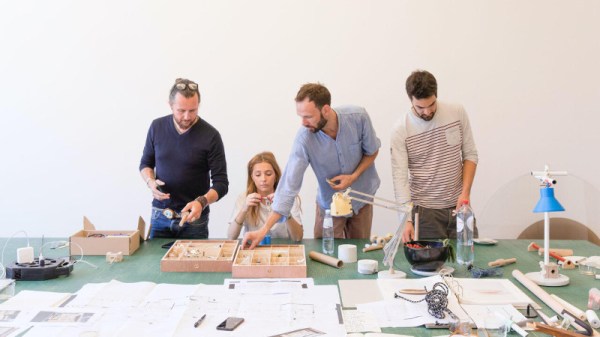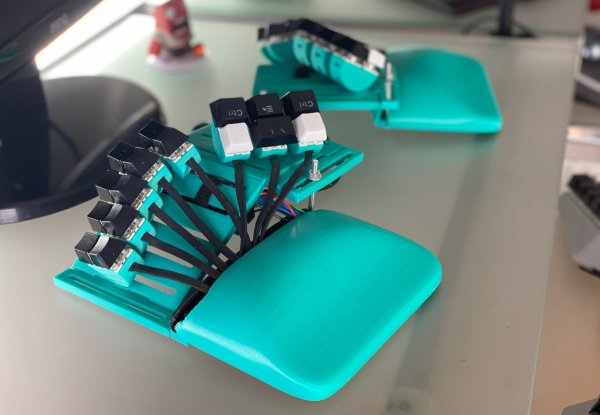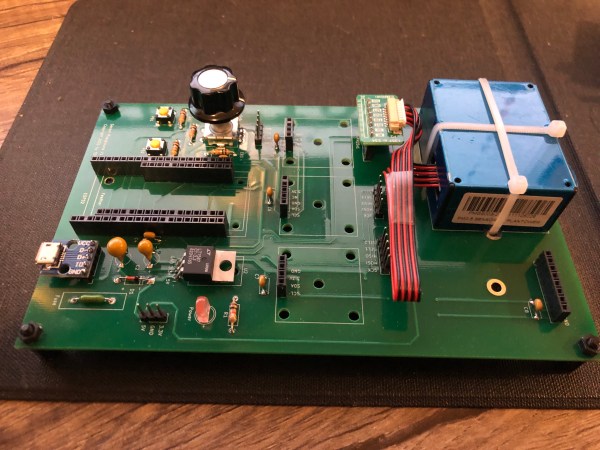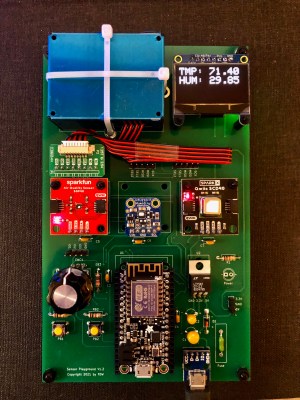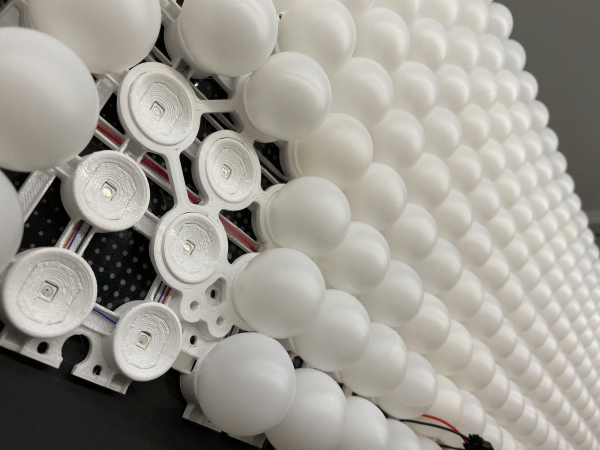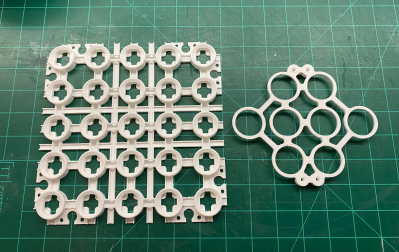If you’re someone who moves a lot, or just likes to change your decor, the limitations of conventional furniture can be a bit of a pain. Why not build your furniture modularly, so it can change with you?
QUIX is a modular building system designed for furnishings developed by [Robert Kern]. Giving people the ability to “build any kind of furniture in minutes with no tools,” it seems like a good gateway for people who love building with LEGO but find the pegs a little uncomfortable and expensive for full-sized chairs and couches. Anything that makes making more accessible is an exciting development in our book.
Featuring a repeating series of interlocking hooks, the panels can be produced via a number of techniques like CNC, laser cutter, or even smaller 3D printed models. Dowels and elastic bands serve as locks to prevent the furniture from tilting and since you have such a wide variety of panel materials to choose from, the color combinations can range from classic plywood to something more like a Mondrian.
If you’re looking for more modular inspiration for your house, how about gridbeam or Open Structures? If you’re wanting your furniture more musically-inclined, try Doodlestation instead.


